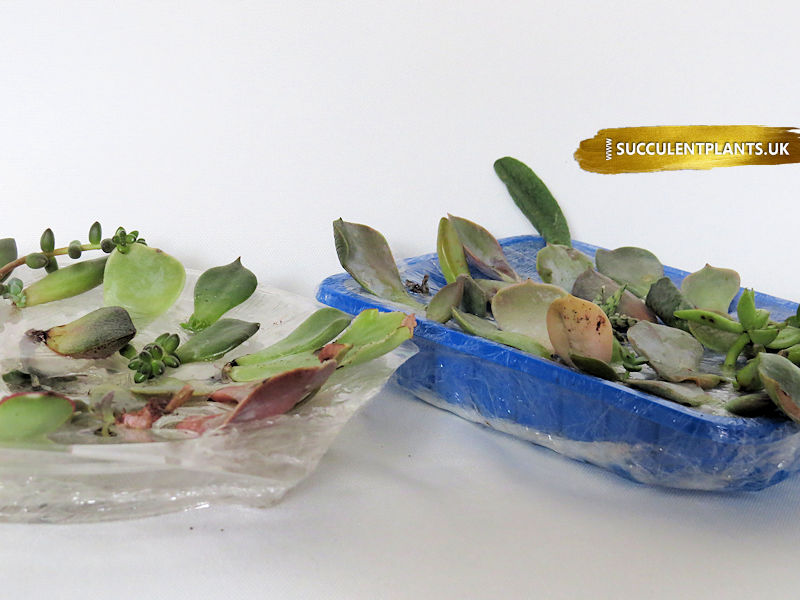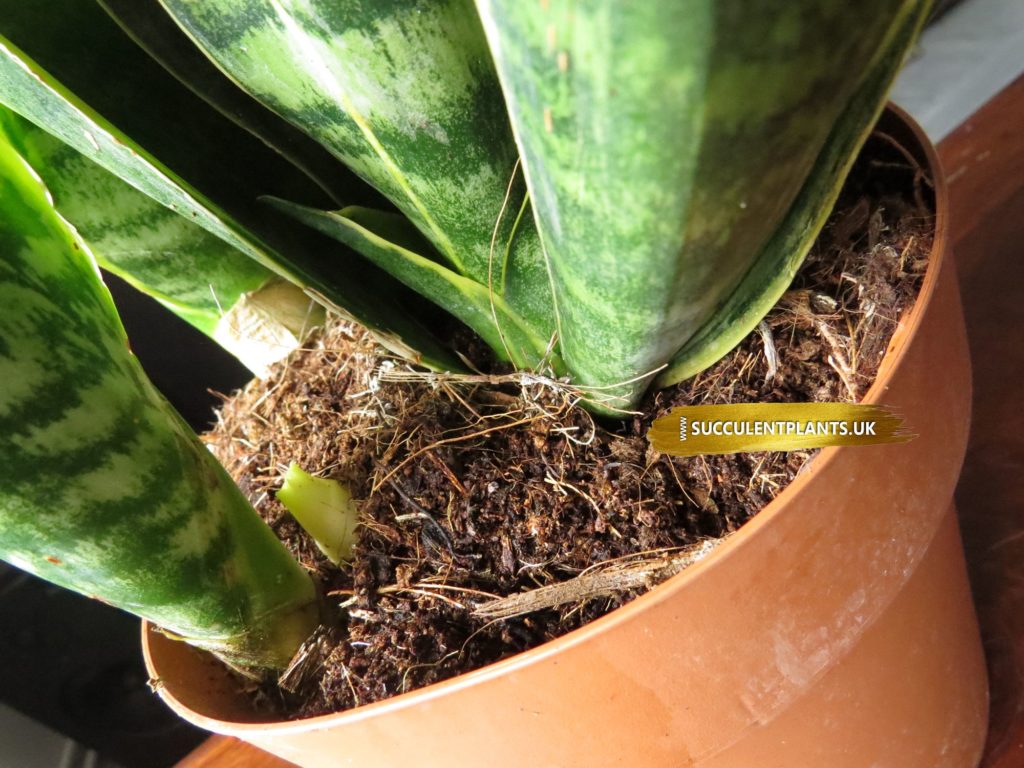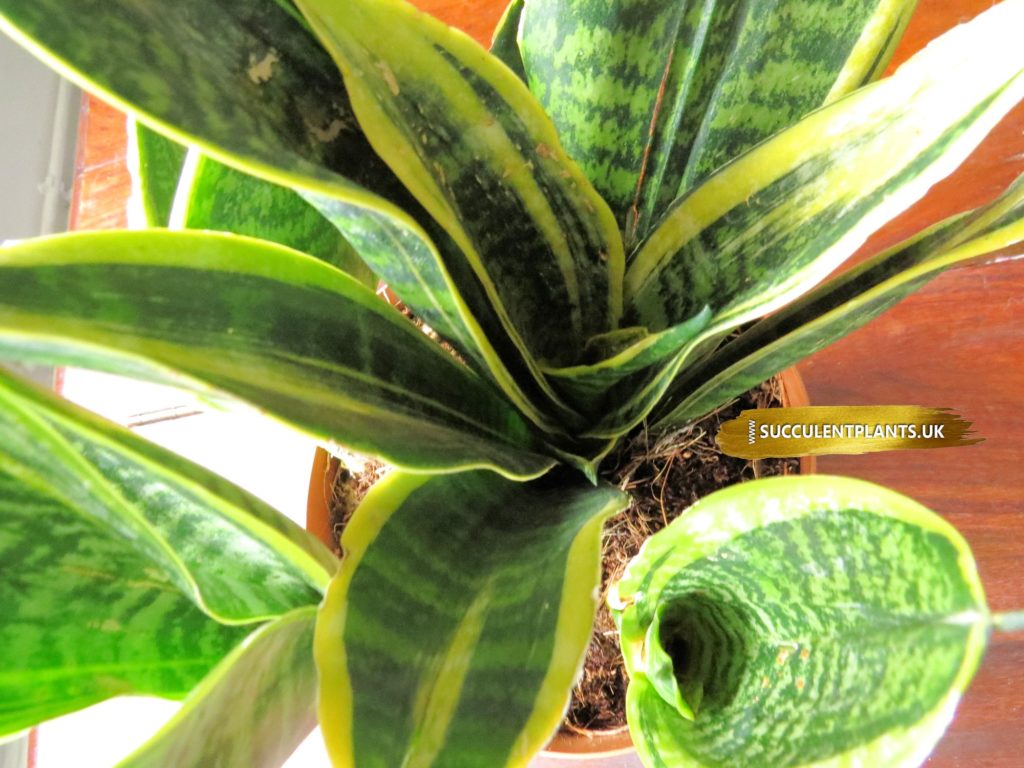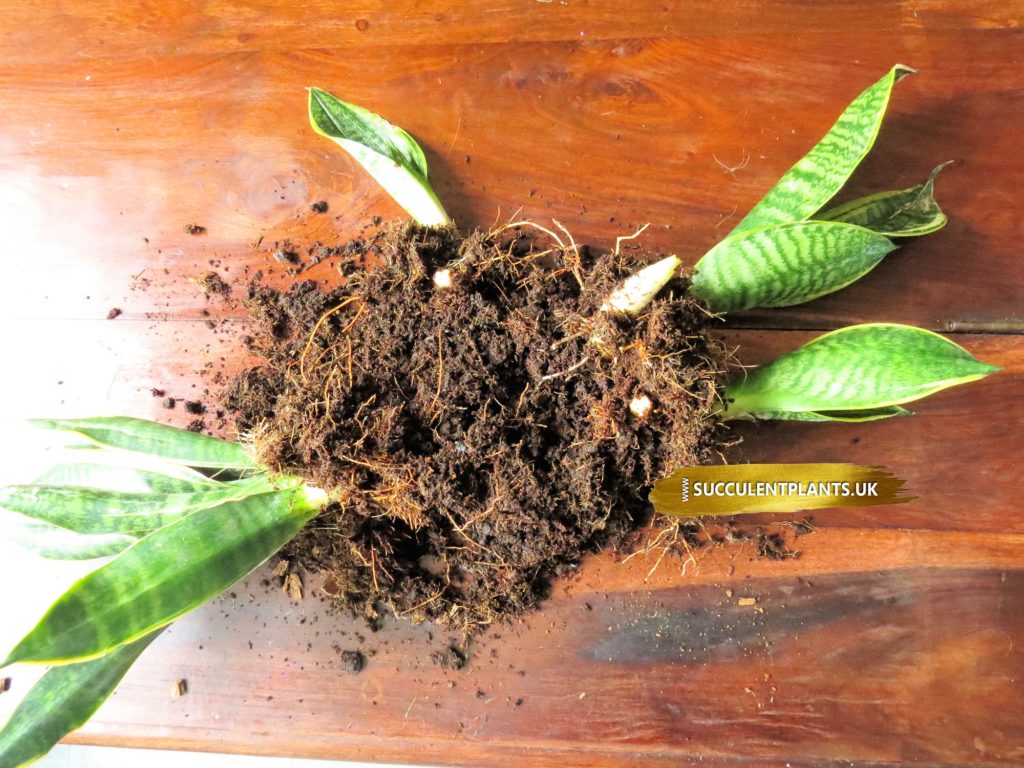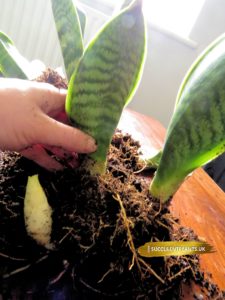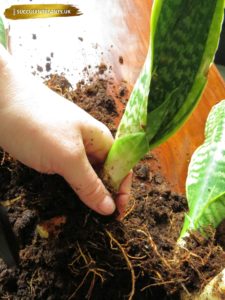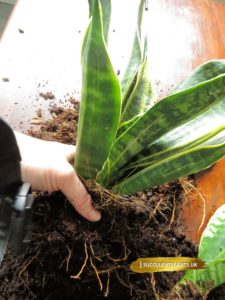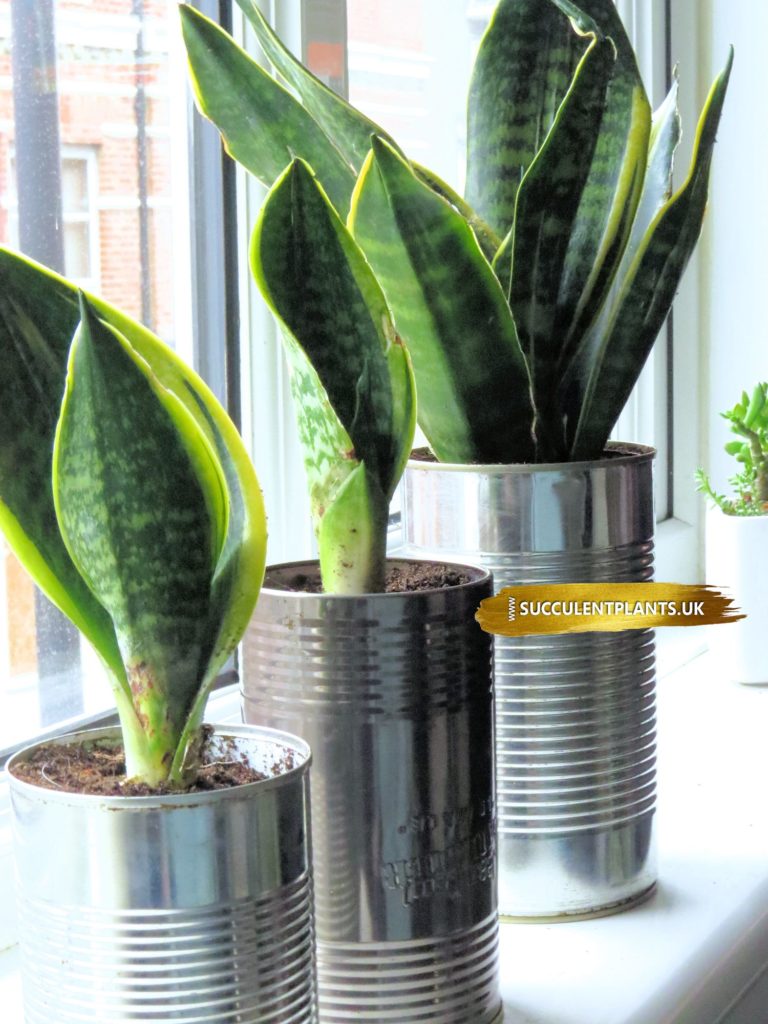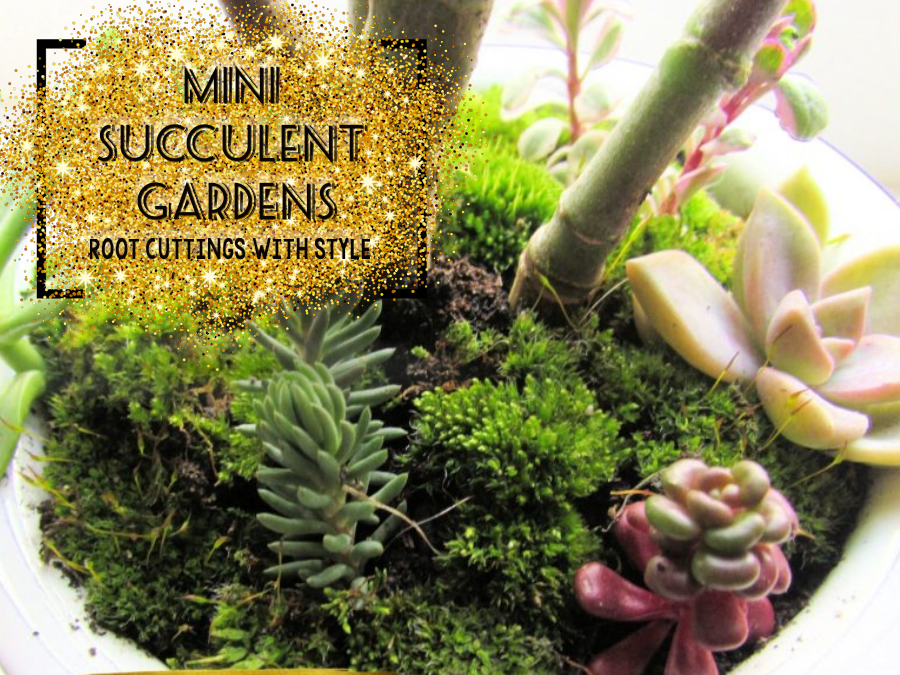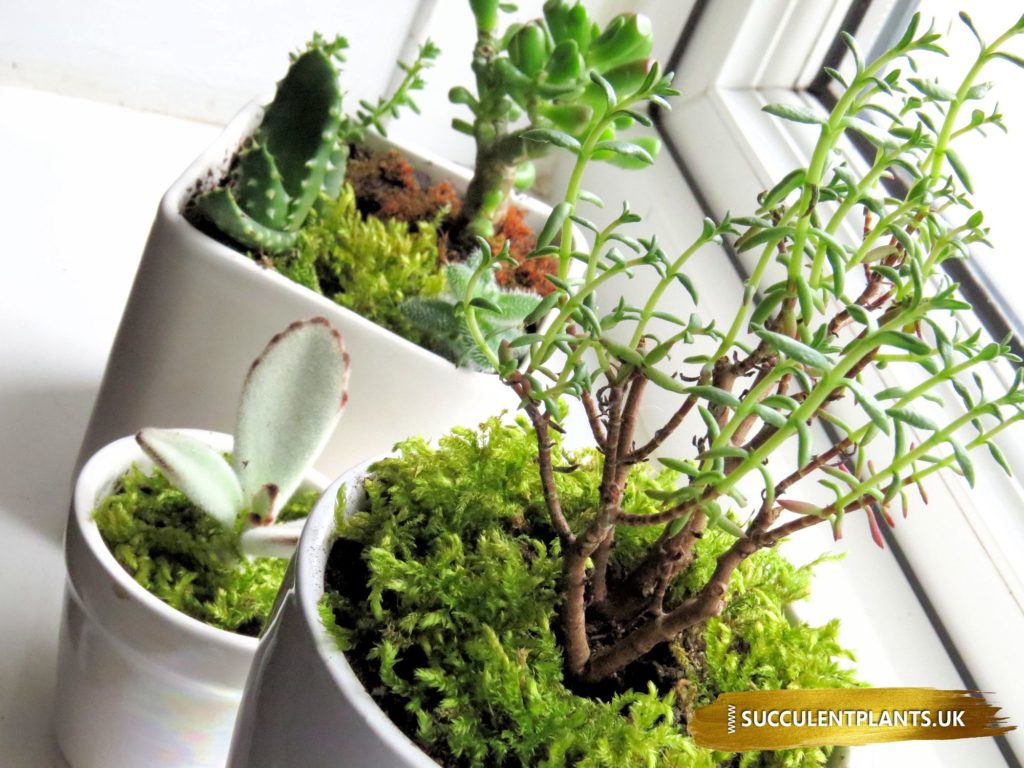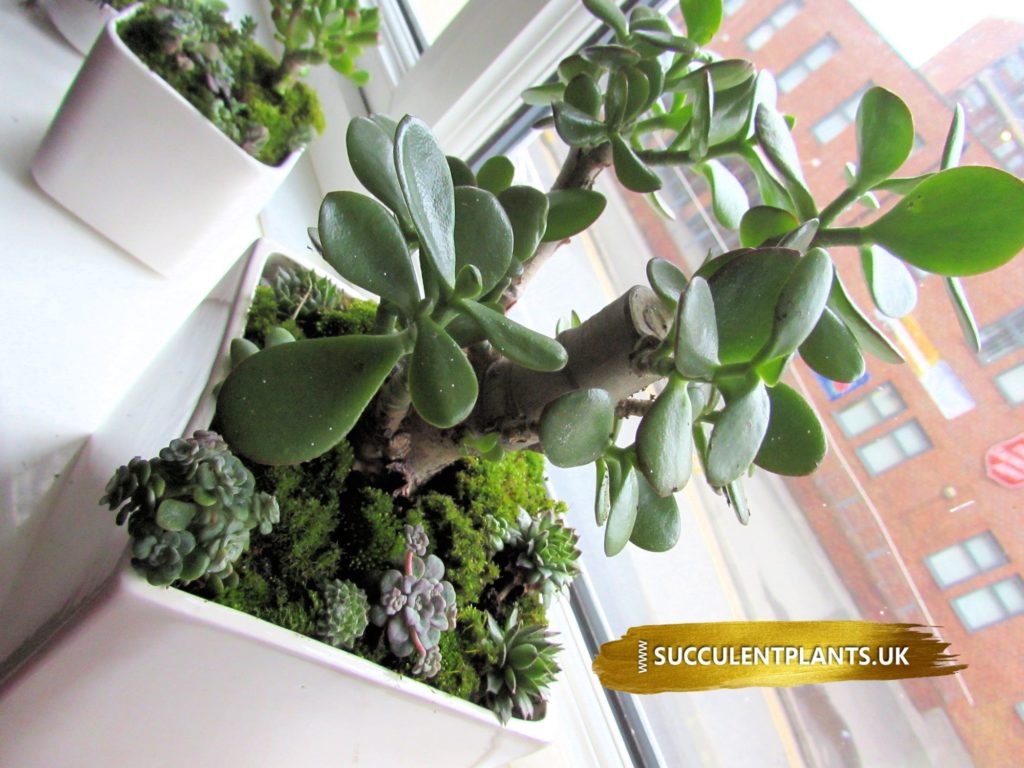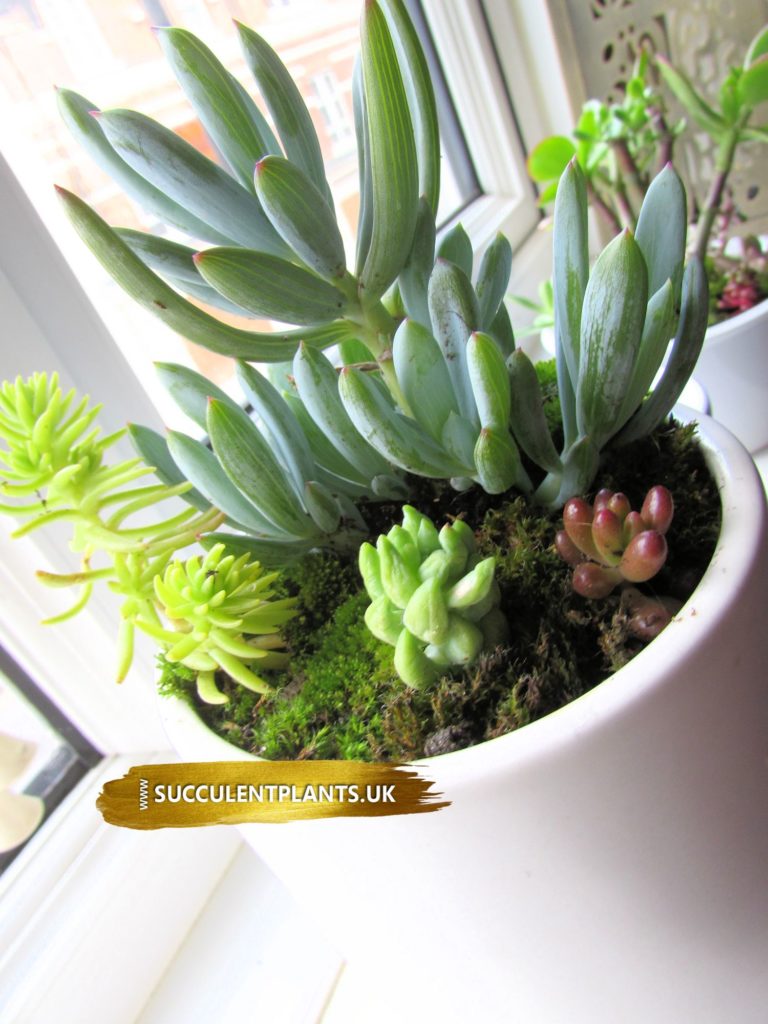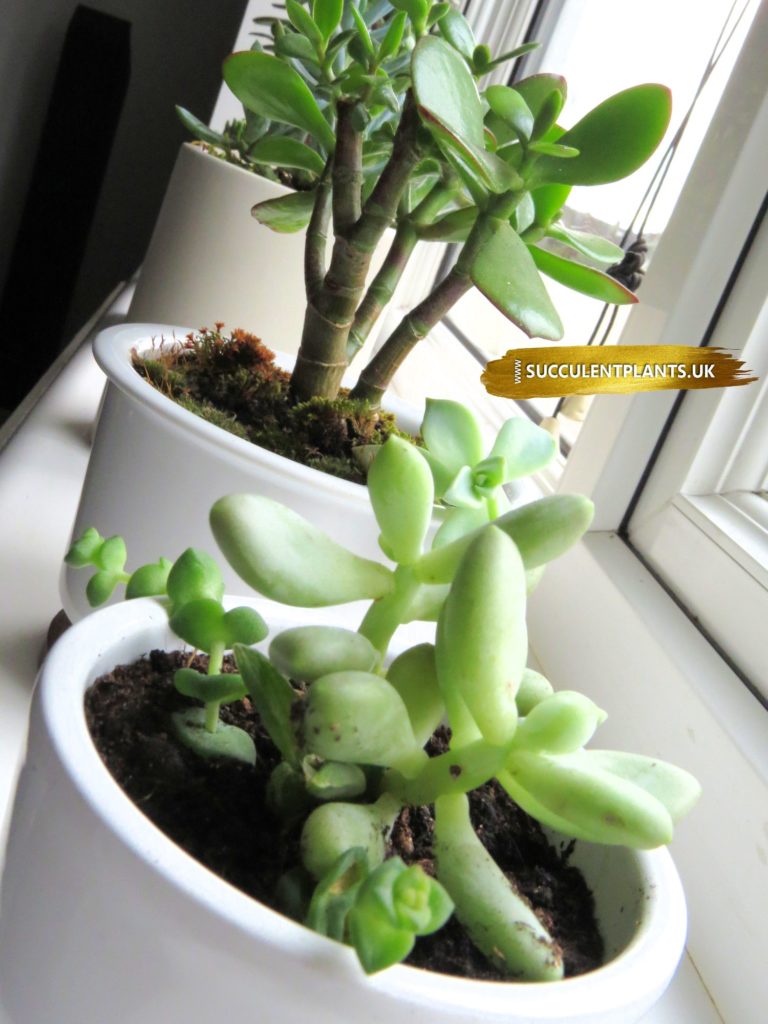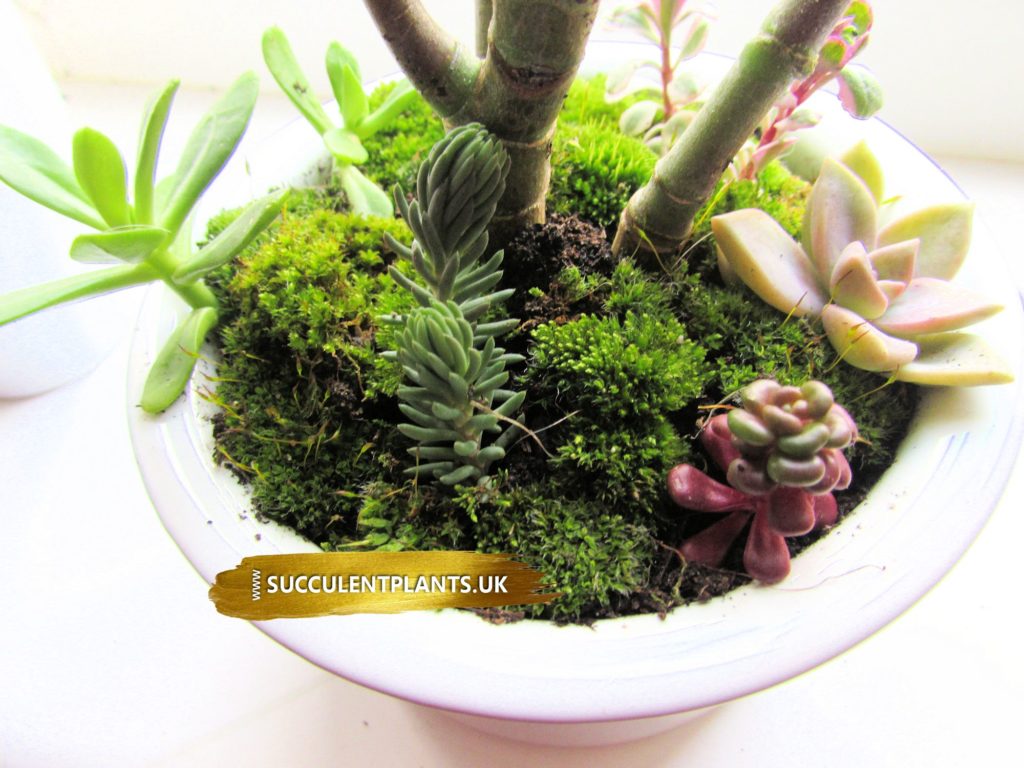- Sinocrassula Yunnanensis / Sedum Pyramidatum. How to Grow, Care and Propagate.
Typically dark green in colour but can often look more black than green.
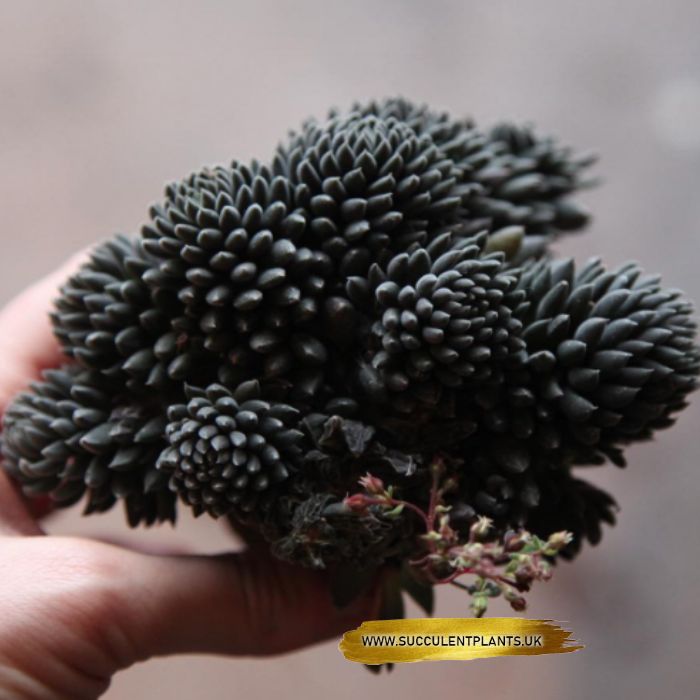
Small rosette succulent about 5-10 cm tall that can eventually develop into dense clumps and blooms generously.
Rosettes: Upright, closely packed 2.5 to 3.5cm in diameter.
Leaves: Small (1-3cm), fleshy, dark green, flattened, almost terete, acuminate, each with a mucro (soft point) at the tip and patterned with purplish brown speckles and short white hairs.
Flowers: Whitish flowers with red-tips
Blooming season: Autumn or early winter.
Cultivation: These plants like plenty of light and can tolerate full sun, but don’t worry if the plants aren’t in the sunniest of place; Sinocrassula will also thrive in a less sunny spot and stays relatively small. This species prefers dry conditions and it is best to refrain from watering it until the rootball has dried out completely. The plant can then be immersed in water and well drained and left until it has completely dried out again. Its succulent leaves will store enough water to survive for a long time
Winter Hardy: They can be grown outdoors – Winter Hardy
Houseplant: Can be grown indoors as a houseplant in a bright location.

Propagation: This is a tough plant which spreads aggressively, both vegetatively by dropped leaves that root easily and by seed. Sow the seeds in winter (13-18°C) uncovered, they will germinate in around 2-3 months, division of old plant can be made in spring and late summer; cuttings in summer




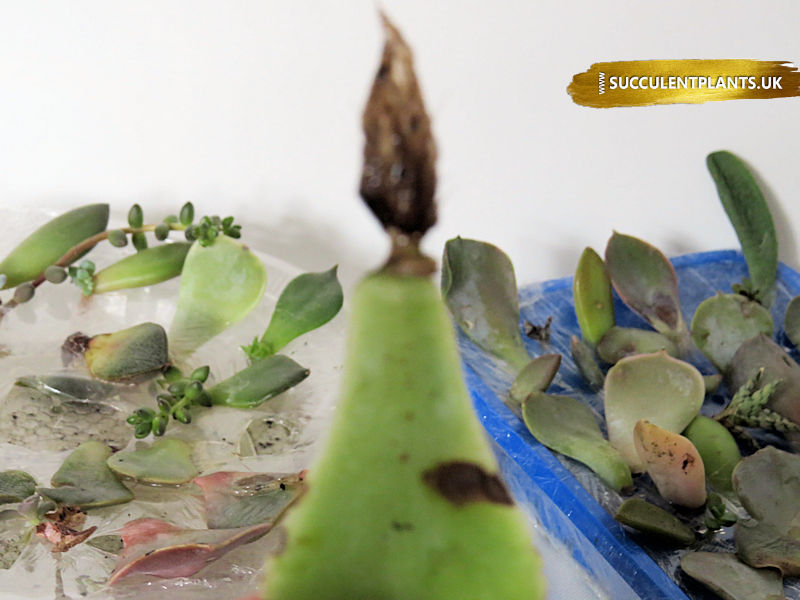 Why did I not think of this before? I propagate many plants in water and it had never entered my mind to try it on succulents.
Why did I not think of this before? I propagate many plants in water and it had never entered my mind to try it on succulents.